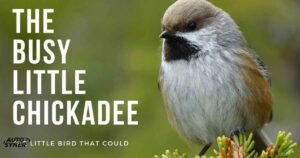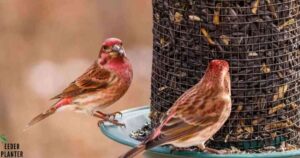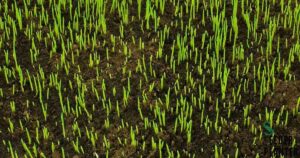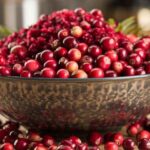This seed refers to the seeds of clover plants, commonly used in agriculture for pasture and cover cropping. These seeds are known for their nitrogen-fixing ability, enhancing soil fertility. Clover is often planted in conjunction with grass to improve forage quality for livestock.
More than just a humble germ, these small marvels play a vital role in enhancing soil health. It boosts nitrogen levels, creating a lush tapestry of greenery. From pastoral landscapes to sustainable farming, clover seeds for lawns are the unsung heroes beneath the surface.Which weave a story of fertility and growth.
These are pivotal in agriculture, renowned for their nitrogen-fixing properties that enhance soil fertility. Widely utilised in cover cropping and pasture systems, these seeds contribute to sustainable farming practices, promoting healthier and more productive ecosystems.
History of Clover Seed
Clover seed has a rich history spanning centuries, dating back to ancient times. Trifolium, commonly known as clover, has been valued for its agricultural and ecological significance. The use of clover as a cover crop and forage dates back to the Roman Empire, where it played a crucial role in soil fertility.
In the 18th century, agronomist Charles Townshend popularised the use of clover in crop rotation, pioneering a sustainable farming practic. Clover’s nitrogen-fixing properties became recognized, enhancing soil health. Over time, various clover species, such as red clover and white clover, gained prominence in agriculture.
Today, clover seed continues to be a vital component in modern farming, contributing to sustainable agriculture and benefiting ecosystems through its diverse applications.
Types of Clover Seed For Lawns
There are following types that grows in lawn
- Red Clover (Trifolium pratense)
- White Clover (Trifolium repens)
- Alsike Clover
- Crimson Clover
- Sweet Clover (Melilotus spp.)
- Berseem Clover
- Subterranean Clover
1.Red Clover Seeds
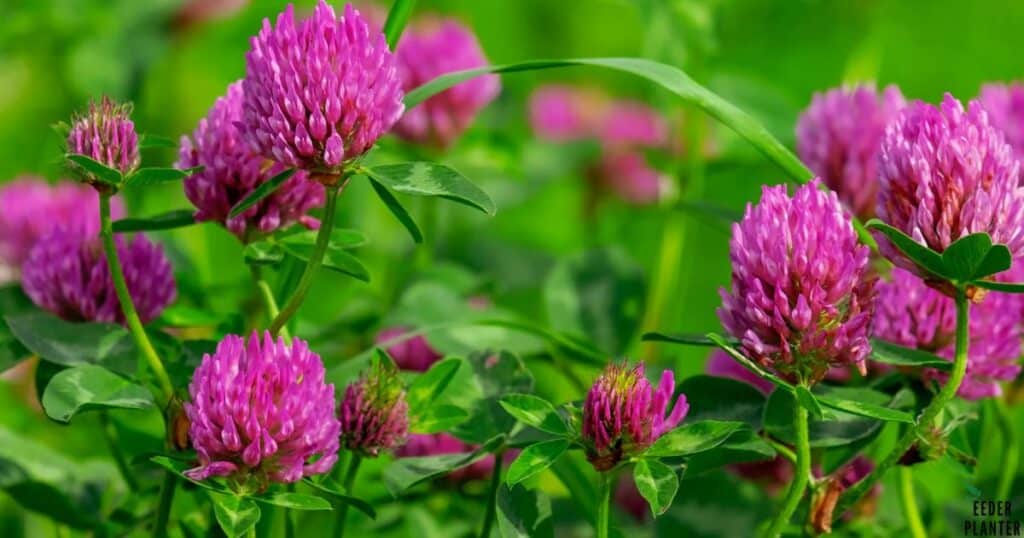
It is a flowering plant with distinctive pink to red flowers, belonging to the legume family. Native to Europe and Asia, it’s now found globally. This perennial herb is known for its trifoliate leaves and sweet-smelling blossoms. Red clover has been traditionally used for various medicinal purposes due to its rich nutrient content.
It contains compounds like isoflavones, which may have potential health benefits, particularly for women’s hormonal balance. Additionally, red clover is often used as fodder for livestock. It’s also used in agriculture to improve soil fertility through nitrogen fixation. Its vibrant blooms make it a popular choice for attracting pollinators, contributing to biodiversity in ecosystems.
2.White Clover Seed
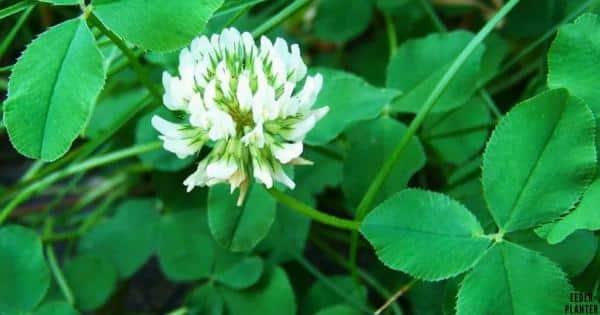
This is a small, low-growing plant known for its distinctive three-lobed leaves and white, globe-shaped flower heads. It belongs to the legume family and is commonly found in lawns, meadows, and pastures. White clover is appreciated for its nitrogen-fixing abilities, enhancing soil fertility by converting atmospheric nitrogen into a form plants can use.
It serves as a valuable forage for livestock and is often included in pasture mixtures. Additionally, its flowers attract pollinators, benefiting overall biodiversity. Easy to cultivate, white clover is a resilient and adaptive plant that can thrive in various climates. Its presence is often considered a sign of a healthy and diverse ecosystem.
3.Alsike Clover Seed

This type of grass is a flowering plant used as a forage crop and cover crop. It belongs to the clover family and is a hybrid between red clover and white clover. Known for its pink flowers, Alsike clover is valuable in agriculture for its ability to fix nitrogen in the soil, enhancing fertility. It thrives in cool, moist conditions and is often grown in combination with grasses for pasture or as a green manure cover crop.
However, it’s essential to note that Alsike clover can be toxic to livestock, particularly horses, when infected with a fungus that produces a substance called slaframine. Proper management and monitoring are crucial for its safe utilisation in farming practices.
4.Crimson Clover Seed
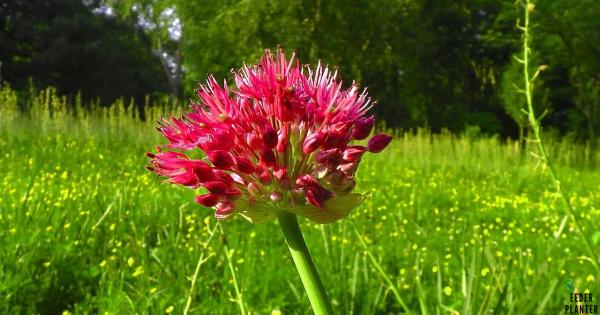
It is known for its vibrant red flowers, making it a popular cover crop and ornamental plant. It belongs to the legume family and is valued for its ability to fix nitrogen in the soil, enhancing fertility. This clover species is annual, meaning it completes its life cycle in one growing season. Farmers often use it as a cover crop to improve soil health, prevent erosion, and suppress weeds.
Additionally, crimson clover attracts beneficial insects, such as pollinators, making it beneficial for biodiversity. Gardeners also appreciate it for its visual appeal and use it for landscaping purposes. Overall, crimson clover serves as a versatile and environmentally friendly plant with agricultural and aesthetic benefits.
5.Sweet Clover Seed
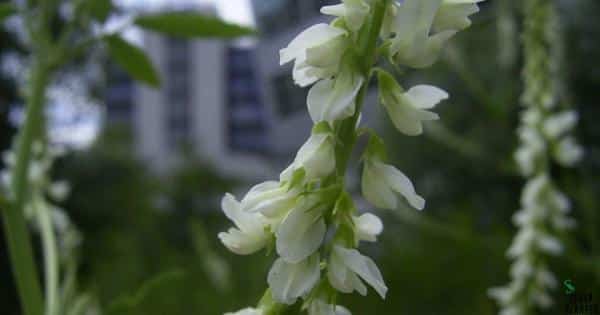
It is also known as Melilotus officinalis, is a fragrant herb with yellow or white flowers, commonly found in fields and meadows. It’s renowned for its sweet scent and is often used in herbal remedies and as a forage crop. Sweet clover has a dual nature, as it can be both beneficial and potentially harmful. When properly managed, it enriches soil fertility and serves as a nutritious feed for livestock.
However, if contaminated with specific fungi, it can produce coumarin, a compound with anticoagulant properties that may pose a risk to grazing animals. As such, careful monitoring and proper cultivation practices are essential when dealing with sweet clover to harness its positive attributes while avoiding potential drawbacks.
6.Berseem Clover Seed

Berseem is a cool-season legume that’s often used as a forage crop in agriculture. It originated in Egypt and is now cultivated globally. This annual plant is known for its rapid growth and ability to fix nitrogen in the soil, enhancing fertility. Berseem clover serves as an excellent fodder for livestock due to its high protein content and palatability.
Farmers frequently include it in crop rotations to improve soil health and break disease cycles. It’s also utilised in cover cropping to prevent erosion and suppress weeds. Its adaptability to various climates and soil types makes it a valuable asset in sustainable farming practices, promoting both animal nutrition and soil fertility.
7.Subterranean Clover Seed
The scientific name is (Trifolium subterraneum) which is a small, low-growing plant belonging to the legume family. It is known for its unique growth habit, as it produces most of its biomass below the soil surface. This clover species is an annual plant, completing its life cycle within a year. It is commonly found in Mediterranean climates and is well-adapted to poor soils.
Subterranean clover has a symbiotic relationship with nitrogen-fixing bacteria, enabling it to enrich the soil with nitrogen. This makes it a valuable cover crop, enhancing soil fertility for other plants. Its ability to grow in cool seasons and its nitrogen-fixing qualities contribute to its popularity in agricultural practices, improving soil health and supporting sustainable farming.
The process to prepare soil
Preparing the soil for clover seed involves several steps to create an optimal environment for germination and growth. Here’s a general guide on how to prepare the soil for clover seed.
Choose the Right Clover Variety: Select a clover variety that suits your specific needs and growing conditions. Common types include white clover, red clover, and subterranean clover.
Test the Soil: Conduct a soil test to determine the pH level and nutrient content of the soil. Clovers generally prefer slightly acidic to neutral soil (pH 6.0-7.0). Amend the soil if necessary to achieve the right pH.
Clear the Area: Remove any existing vegetation, weeds, rocks, and debris from the planting area. A clean and clear site allows the clover seeds to make better contact with the soil.
Till the Soil: Use a garden tiller or a hoe to loosen the top 2-4 inches (5-10 cm) of soil. This helps create a loose, well-aerated seedbed, making it easier for the clover seeds to establish roots.
Add Organic Matter: Incorporate organic matter, such as compost or well-rotted manure, into the soil. This improves soil structure, water retention, and provides essential nutrients for the clover plants.
Fertilise if Necessary: Based on the soil test results, add a balanced fertiliser according to the recommended application rates. Clovers, especially nitrogen-fixing varieties like red clover, are generally not heavy feeders, but providing adequate nutrients ensures healthy growth.
Level the Soil: Smooth and level the soil surface using a rake. This creates an even surface for planting and promotes uniform germination.
Seed Distribution: Broadcast the clover seeds evenly over the prepared soil. Use a hand spreader for larger areas. Follow the recommended seeding rates provided on the seed package.
Lightly Rake the Soil: After broadcasting the seeds, gently rake the soil to cover the seeds with a thin layer of soil. Clover seeds are small, and they don’t need to be planted deeply.
Watering: Water the area immediately after planting to ensure good seed-to-soil contact. Keep the soil consistently moist during the germination period.
Mulch (Optional): Applying a thin layer of straw or mulch can help retain soil moisture and suppress weed growth. However, clover is often good at outcompeting weeds on its own.
Monitor and Maintain: Regularly monitor the clover patch for germination and growth. Water as needed, and address any weed issues that may arise.
Clover Lawns Attract Beneficial Insects
Attracts Bees
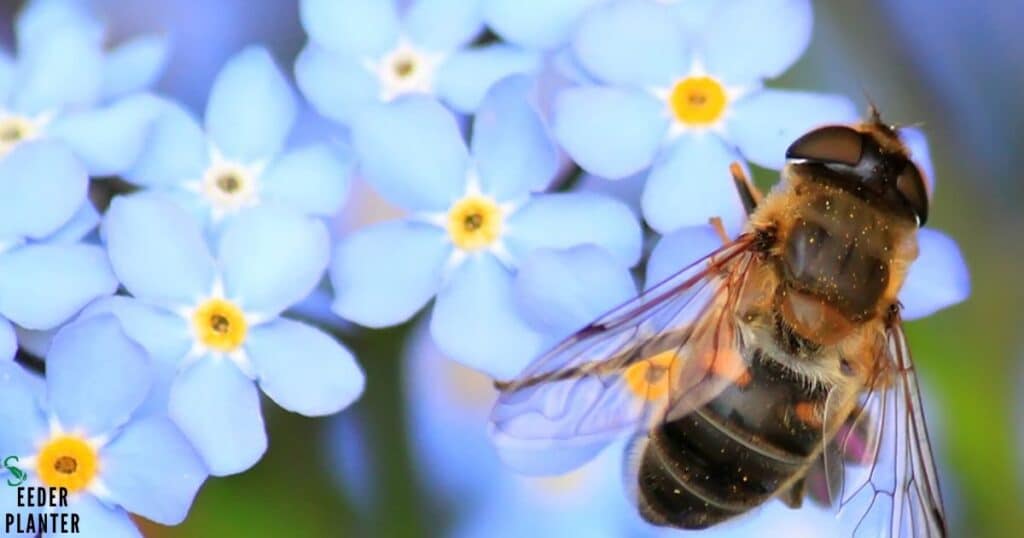
Clover produces small, fragrant flowers that are particularly attractive to bees. Bees are essential pollinators for many plants, including food crops. By having clover in your lawn, you can support local bee populations and enhance pollination in your garden.
Diverse Insect Habitat
The dense foliage of clover provides shelter and habitat for a variety of beneficial insects. It includes ground beetles, spiders, and predatory wasps. These insects help control populations of harmful pests by preying on them or parasitizing them.
Aids Pest Control
Some species of clover attract predatory insects that feed on common garden pests. For example, ground beetles and spiders that inhabit clover can help keep populations of harmful insects, like caterpillars and aphids, in check.
Reduced Need for Pesticides
The presence of beneficial insects in a clover lawn can help maintain a natural balance in the ecosystem. This can reduce the need for chemical pesticides, promoting a more sustainable and environmentally friendly approach to lawn care.
Frequently Asked Questions
Why is clover beneficial for lawns?
Clover enriches soil by fixing nitrogen, attracts pollinators, and reduces the need for chemical fertilisers.
What insects does clover attract?
Clover lures bees for pollination and beneficial insects like ground beetles that control harmful pests.
How does clover contribute to water conservation?
With a deep root system, clover is drought-resistant, requiring less water than traditional grass lawns.
Is clover low-maintenance compared to traditional grass?
Yes, clover lawns generally need less care, suppressing weeds naturally and resisting diseases.
What makes a clover lawn environmentally sustainable?
Clover reduces reliance on synthetic chemicals, conserves water, and fosters a biodiverse ecosystem, promoting eco-friendly lawn care.
Final Thoughts
In the gentle embrace of clover seeds, nature weaves a tapestry of resilience and sustainability. Each tiny seed holds the promise of nitrogen-rich soil, buzzing with life as pollinators dance among fragrant blooms. Choosing clover is not just a choice for a lush lawn but a commitment to a greener, eco-conscious tomorrow.
So, scatter these seeds with hope, watch them bloom, and witness a unique symphony where every clover whispers tales of biodiversity, water-wise landscapes, and a harmony with the environment. In the realm of clover seeds, a simple act transforms into a profound statement.

I am Alexander James, a seasoned professional with 4 years of expertise, brings passion and skill to every project. Elevate your experience with my knowledge and creativity.
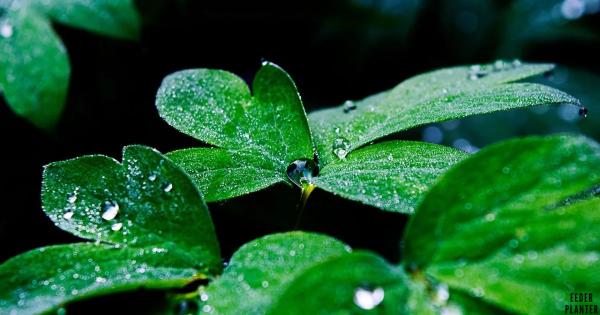

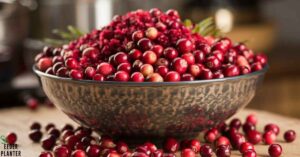
![Hollyhock Seeds: The Complete Guide to Success [2024]](https://seederabout.com/wp-content/uploads/2024/10/Hollyhock-Seeds-The-Complete-Guide-to-Success-2024-300x157.jpg)
